Key Highlights
- Travel media has evolved drastically, transitioning from traditional print to a digital-first focus, broadening its reach.
- Authentic branded storytelling is now vital for travel brands to emotionally engage their target audience and foster loyalty.
- Platforms like Instagram, influencers, and user-generated content are influencing modern travel narratives, appealing to younger generations like Gen Z and Millennials.
- Emerging technologies, including AI, AR, and VR, are transforming how travel companies enhance customer experiences in India.
- Sustainability and local community engagement are becoming central themes in travel storytelling strategies.
The future of travel media is changing fast. Now, the industry mixes new technology with real stories that touch people’s emotions. To stay in the game, travel companies need to create true stories that today’s travellers care about. Social media, customer loyalty programs, and insights shaped by AI are also making a big difference in how travel brands reach out to people. As we step into this new time, storytelling is not just a way to do marketing. It is the main thing that helps a brand stand out in the world of travel media.
Evolution of Travel Media in the Digital Age

Today, the travel media world has changed a lot. It is not like the old print days. The rise of social media and the internet has changed how people see travel stories. People all over the world now get travel stories in new ways. Travel companies use digital-first plans to make customer experiences better. They turn each trip into a way to share stories.
The push to put customer experiences into digital marketing has made travel companies try harder to stand out. Companies now use real-time data to know what travelers want. This helps their travel media and content match what people now ask for. This change is leading travel companies into a new way of telling stories and making travel content with social media and new tech.
From Print to Pixels: How Travel Content Has Transformed
The way we see travel content today has changed a lot from the old days. It used to all be about print magazines and brochures. Back then, these things were the main way for travel companies to reach people. The photos and words in those magazines made people dream about new places. This was a big part of how travel brands did their marketing.
Now, things are different. With digital platforms taking over, travel brands have moved away from just using print. They now share stories in new ways on websites, blogs, and social media. This makes it easier for them to connect with you and other travelers. They can show places, share photos, and post stories fast. Social media gives travel companies a stage to talk to people right away. It is also good for keeping up with what everyone likes or wants to know about.
These days, travel companies also use things like videos to really show what a place is like. Augmented and virtual reality are now being used by travel brands to show how a trip can look before you even go. These tools do not just reach more people. They help people feel more closely connected to both the travel content and the travel companies sharing it.
Storytelling is at the heart of this big shift. It helps travel brands engage with people in a deeper, more real way, making you want to explore and discover more.
The Rise of Social Media Platforms in Travel Storytelling
Social media has changed the way people share travel stories. Now, anyone can turn an everyday trip into something worth sharing. Instagram, for example, is a popular hub for travel inspiration. The photos and videos on this app reach millions of followers all over the world.
Many posts about travel come from millennials and Gen Z. These groups spend a lot of time looking at places on social media through hashtags or influencer-made pages. Influencers often help boost travel brands by sharing their own stories. Sometimes, it is a stunning view. Other times, it is a story about new culture. Their posts feel real and close to life. Many people in the younger group connect with this and want to travel more after seeing such stories.
Travel brands also use stories from everyday people. When users share their own real travel moments, it gives a true and honest view which speaks clearly to ideal customers. People tend to believe stories from real travelers instead of smooth ad campaigns. Because of this, travel brands get more genuine content and build stronger loyalty with their audience.
Social media makes storytelling about travel reach farther, connecting travel brands, millennials, gen z, and ideal customers. It also raises travel demand and helps travel brands and destinations stay in the minds of people more than ever before.
Understanding Branded Storytelling in Travel
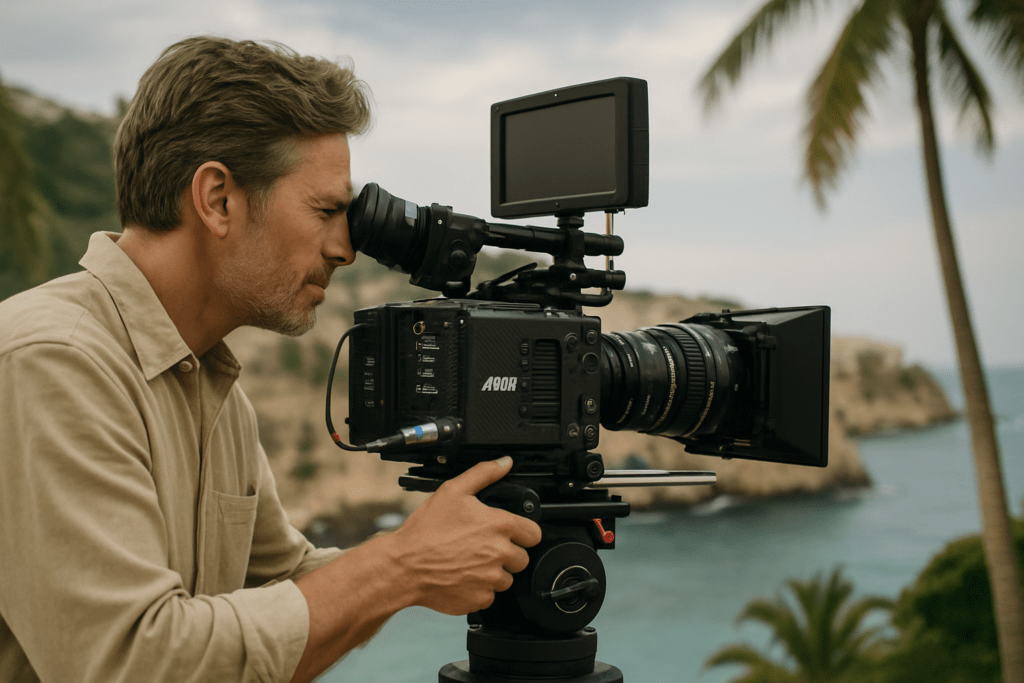
Branded storytelling is about more than just showing places to go. The main aim is to build a strong feeling between travel brands and their audience. These stories help travel brands get trust and more brand awareness with their ideal customers. They use storytelling to really connect with the people they want to reach.
Most of these bonds grow by sharing real stories. These give value to the people who use the brand. When travelers are moved by a story, they be more likely to think good about the brand and what it offers. This helps travel brands have long-lasting loyalty from their customers.
Defining Branded Storytelling for Travel Brands
This is probably where RealityBox has made the biggest impact for our travel clients. Branded storytelling is very important for travel companies who want to increase their brand awareness. This means sharing stories that show what the brand stands for and the experiences it offers. These stories help travel brands connect with their target audience.
For travel brands, storytelling should focus on how the traveler feels. The stories can show beautiful places and special moments with local people. When you use personalization, you can change your message to fit different types of people. This way, more people see themselves in the stories.
Travel companies have seen success when they share real customer experiences and show what their services offer. Instead of just talking about what they provide, they show how it can make your trip better. Storytelling helps people see how a travel brand can turn an idea into a real adventure. It is key for building emotional ties with customers.
Why Authentic Narratives Matter to Modern Travelers
Today, people who travel want real stories when they see content from travel brands. The time of bright, staged ads is now over. People now care more about honest stories that give a strong human connection. This new style of storytelling helps the traveler see themselves in the story. It also makes travel brands feel closer and easier to trust.
To make these new stories, brands often show real moments from travelers. Think about those influencers you see who post about what the trip was really like. Some brands also show a lot about local habits and daily life. These things help followers connect on a deeper level. People get to feel a part of the trip and the group.
Being real helps a brand get more people to join in. It turns someone who is just looking into someone who becomes a follower. A travel brand that uses great storytelling can make emotional bonds with the people who follow it. These brands do more than just sell something for a trip. They help people dream and remember special trips. If a brand is honest and still shows some creativity, it can make its stories even better. This pulls in people who want a reason or meaning in what they find while traveling. Brands that know this can build a group of followers and stand out to people looking for true experiences and human connection.
Emerging Trends Shaping Travel Media in India
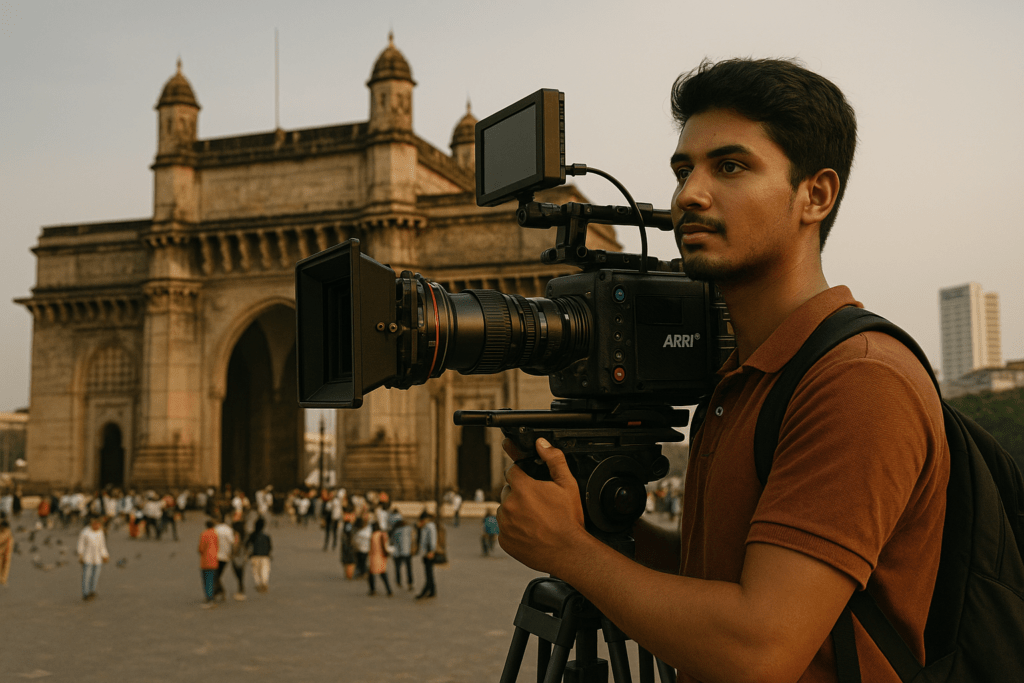
Travel media in India is about to change in a big way. It is shaped by what is happening around the world and by dreams at home. Now, new trends are helping Indian travel brands tell their stories in fresh ways.
Many use AI to make travel more personal. Some also use new tech like augmented and virtual reality. These ideas are common in today’s travel world. Travel storytelling now also cares about culture, keeping things eco-friendly, and helping people in small towns or villages.
Today, Indian travelers want the best of tech and true, heartfelt experiences. They like stories that feel real and dreams they can be a part of. These changes show us what the future of travel in India will look like. The future will be about better tech, helpful ai, richer storytelling, and a closer bond with the places you see.
Personalization and Data-Driven Content
Personalized experiences are changing how travel brands plan and run their marketing. By using AI, travel companies can look at customer data to make content that fits each person’s likes and interests.
For example, AI tools help brands choose which places to suggest based on what people have done before and what they hope to do in the future. This makes customer loyalty stronger by offering things made just for them. With this customer data, travel brands also change their messaging. This helps them talk to different groups, like Millennials and Baby Boomers, in a way that feels right for each one.
Personalisation is not only giving suggestions. It is also about the way travel brands show things to people. That means using infographics, special bookings that change based on what someone wants, and emails written just for you. These ways put the customer at the center. When Indian travel companies use data and AI for their work, they make people happier and stay ready for what fits the new, modern world. This helps their messaging connect with more people and keeps their campaigns up to date.
Integration of Augmented and Virtual Reality Experiences
Augmented reality (AR) and virtual reality (VR) are now changing the way people travel by using new storytelling tools. With AR, you can see and move around virtual places, like a tour of old buildings or a look inside future hotels. This helps travelers feel more connected to the places they visit.
In India, travel companies are starting to use VR so customers can get a real feel for new places before going there. You could see the sun rise at the Taj Mahal or go on a trek in Ladakh. All this can happen while you sit at home and use a VR headset. These tech tools change customer experiences by letting people try things for themselves, not just read about them.
These new ideas also work well with programs made for more customer engagement. When travel companies add games or set up interactive itineraries with AR or VR, people enjoy the journey even more. Travel companies who use these storytelling and tech trends get the chance to stand out. Investing in tech makes it possible to give customers what they want and makes brands different from others in the busy travel world.
The Role of Influencers and User-Generated Content
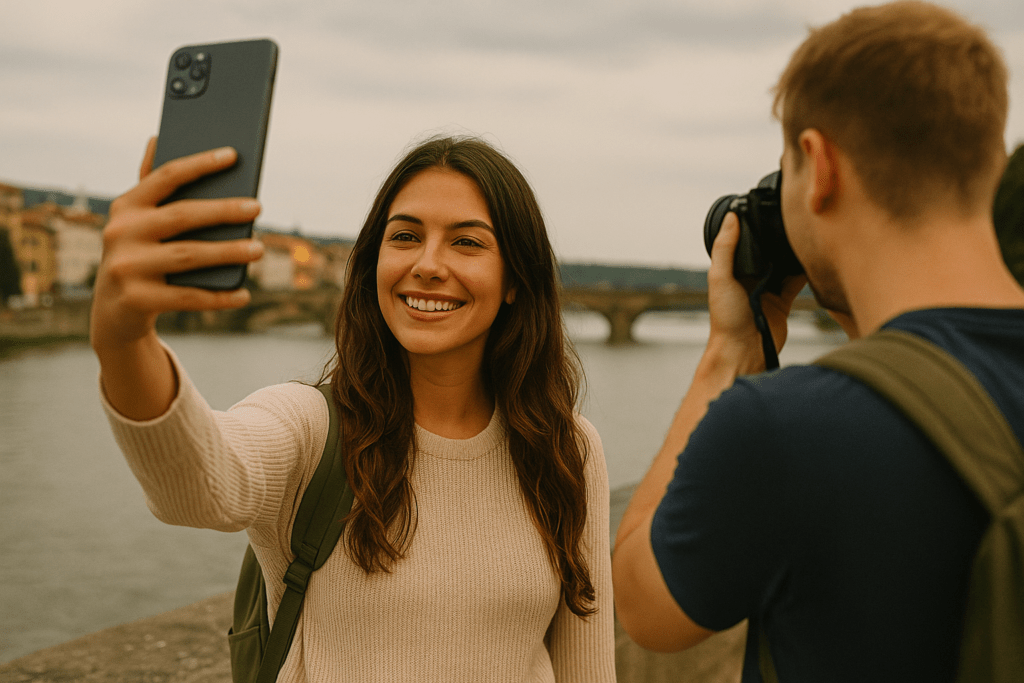
Influencers and user-generated content (UGC) are changing how travel brands share their stories. They show real moments from trips. This helps to build trust between travel brands and people like you.
When travel brands work with influencers, they can reach more people, especially on Instagram. This is key if a brand wants to get the attention of millennials and gen z. UGC brings in the view of real travelers. It lets everyone see a trip from someone who actually went. With both influencers and UGC, the storytelling feels honest and close to real life. In the end, this raises trust in travel brands and can help increase travel demand.
Leveraging Technology for Immersive Brand Experiences
Technology has changed how travel brands create unique and memorable experiences. With generative AI, smartphones, and interactive media, companies now share stories that match what each person likes. This is not only about making things easy. These tools help make a deeper connection, so every trip is special from start to finish.
AI can give custom tips and help with customer service, while things like 360-degree videos draw people into the story. Travel brands use these new ways to make sure people get more than just a service. By using generative AI and technology, they can keep travelers interested and happy at every step of the journey. This kind of storytelling helps brands stand out and build strong customer relationships.
AI-Powered Itinerary Recommendations
Artificial intelligence is changing the way people plan trips. It gives travelers new and smart ideas for their journeys, based on what they like. You can get suggestions to visit National Parks in the United States or plan special trips during the best times of the year. All this is possible because of the power of AI.
Travel brands now use this tech to make choosing trips easier. Generative AI assistants talk with people to answer their questions. They also create travel plans that fit what customers want, and they do this more quickly than before. This kind of customer service leads to good experiences and helps keep away frustration.
The use of AI is always growing and does not be stuck. These AI tools keep learning all the time. They get better recommendations by looking at data from past trips or understanding how people act. The travel industry, from top companies in New York to local trip planners, uses AI-powered tips to stand out and give great customer experiences.
Interactive Video and 360-Degree Storytelling
Interactive videos and 360-degree stories give people a special look at places. They show the real feel of great storytelling and let customers step into travel moments in an emotional way.
For example, brands use interactive videos that let you click through things like luxury cruises or eco-lodges. There is also 360-degree content, which places viewers right in spots like Times Square or the Great Wall. This helps people feel not just what a place looks like, but what it feels like to be there.
These methods have one more plus: customers get to join in directly. Brands such as Nike use these tools too, not just in travel. That shows how every brand can use this way of storytelling. When you add generative AI to the mix, these videos sense what the customer feels. This helps brands use strong ai to know their people better and helps them be noticed even when the market is busy. This smart move keeps customer loyalty high by building a strong bond that lasts.
Sustainability and Social Impact in Travel Storytelling
Storytelling in travel now focuses a lot on being good to the planet and helping people. Travel companies use these stories to show how they act responsibly and help local people and businesses.
Places like the United Arab Emirates and countries in Europe talk about saving their own cultures and making eco-friendly choices in the way they work. These travel stories push both Baby Boomers and younger people to make better and more green travel choices. Mixing ethics with feelings in storytelling lets travel companies help change the travel industry in a good way.
Promoting Responsible Travel Through Narrative
The idea of responsible travel is getting more popular as travel brands use storytelling to share their message. These travel brands tell stories that talk about eco-friendly ways to explore and encourage you to make good decisions that help the planet.
When people travel the right way, it can help protect nature. Some places, like Rwanda which gives only a certain number of permits for gorilla treks, are a good example. This mix of tourism and looking after the environment teaches visitors to care about where they go. It also shows why it’s so important to act in good ways that help others and the earth.
Travel brands that show they follow sustainability rules can connect more with you and other travelers. By telling stories that people like Baby Boomers and Millennials can relate to, they help you understand the true state of travel today. These storytelling campaigns make people look at travel in a new way and help set better rules for tourism in the future.
The RealityBox Approach: Where Technology Meets Authentic Storytelling

What sets RealityBox apart in the travel marketing space is our belief that the future isn’t about choosing between high-tech innovation and authentic storytelling – it’s about combining both in ways that genuinely serve travelers.
We use advanced technology to amplify human stories rather than replace them. Our AI doesn’t write generic travel content; it helps us understand what stories will resonate most with specific audiences. Our VR experiences don’t replace real travel; they help people make better decisions about where to go and what to expect.
Our travel content marketing philosophy centers on providing genuine value at every touchpoint. Whether we’re creating personalized video experiences, developing AR applications, or designing sustainable travel campaigns, the goal is always to help people create more meaningful travel memories.
Conclusion
When we think about the future of travel media, we see that branded storytelling will keep changing. It shapes how we talk to and connect with people. Now, travel brands focus on stories that are built from data, which can be personal and more meaningful. There are new ways for people to see travel, like using virtual and augmented reality. Being sustainable is more important than ever for the travel industry, and brands have to change to stay with the times.
Travelers today look for real stories. It is key to use stories that feel true and honest. Working with influencers and bringing in stories from users helps people trust your brand. As new technology comes, brands will find more ways to talk with the audience. If you follow what is new and use these ideas in your travel media or storytelling, you can make strong connections with people. This is the way to keep growing in the travel industry. If you want more ideas or need a plan just for you, reach out for a chat.
If you’re a travel brand looking to navigate this rapidly evolving landscape, the time to act is now. At RealityBox, we’re not just observers of these trends – we’re actively shaping them through our work with forward-thinking travel brands.
Frequently Asked Questions
How do Indian travel brands use storytelling to connect with audiences?
Indian travel brands use storytelling to build a strong emotional bond with their target group. They often talk about cultural heritage, adventure, and sustainability. This helps people feel linked to the brand in a real way. These travel brands use stories to boost brand awareness. This also helps people across India remember them, because the stories touch real feelings and values. With this, they make sure each experience stands out and matters to all.
What technologies are revolutionizing travel content creation?
Emerging technologies like AI, generative AI, and new smartphone features are changing the way people make travel content. These tools help brands tell stories in fresh ways. They use tech to make content that draws in people from all over the world. Augmented reality and smartphones help show places in a new light, making people want to see more. This kind of storytelling helps brands connect better with their customers.
How can brands ensure authenticity in their stories?
Brands can be honest by sharing real stories from travelers. They should show human connections and local experiences. With this, they make content that people find true to life, and this helps build customer loyalty. Good storytelling also helps brands connect with their ideal customers at an emotional level. This way, they give people great storytelling moments that feel real and stay in their minds.
What is the future of influencer marketing in Indian travel media?
Influencer marketing is set to grow fast in Indian travel media. Social media, especially Instagram, will play a big part. More brands will work with influencers to get better follower engagement. They want to reach younger people, like Millennials and Gen Z. This will make influencers an important part of brand plans in India.
How can travel brands measure the success of their storytelling efforts?
Travel brands can check how well they are doing by looking at things like engagement rate, conversion rate, ROI, and repeat visitor analytics. Tools that use tech and help track KPIs let marketers see if their storytelling is working. These tools make sure the campaigns speak to their target audience and help them reach their main goals.


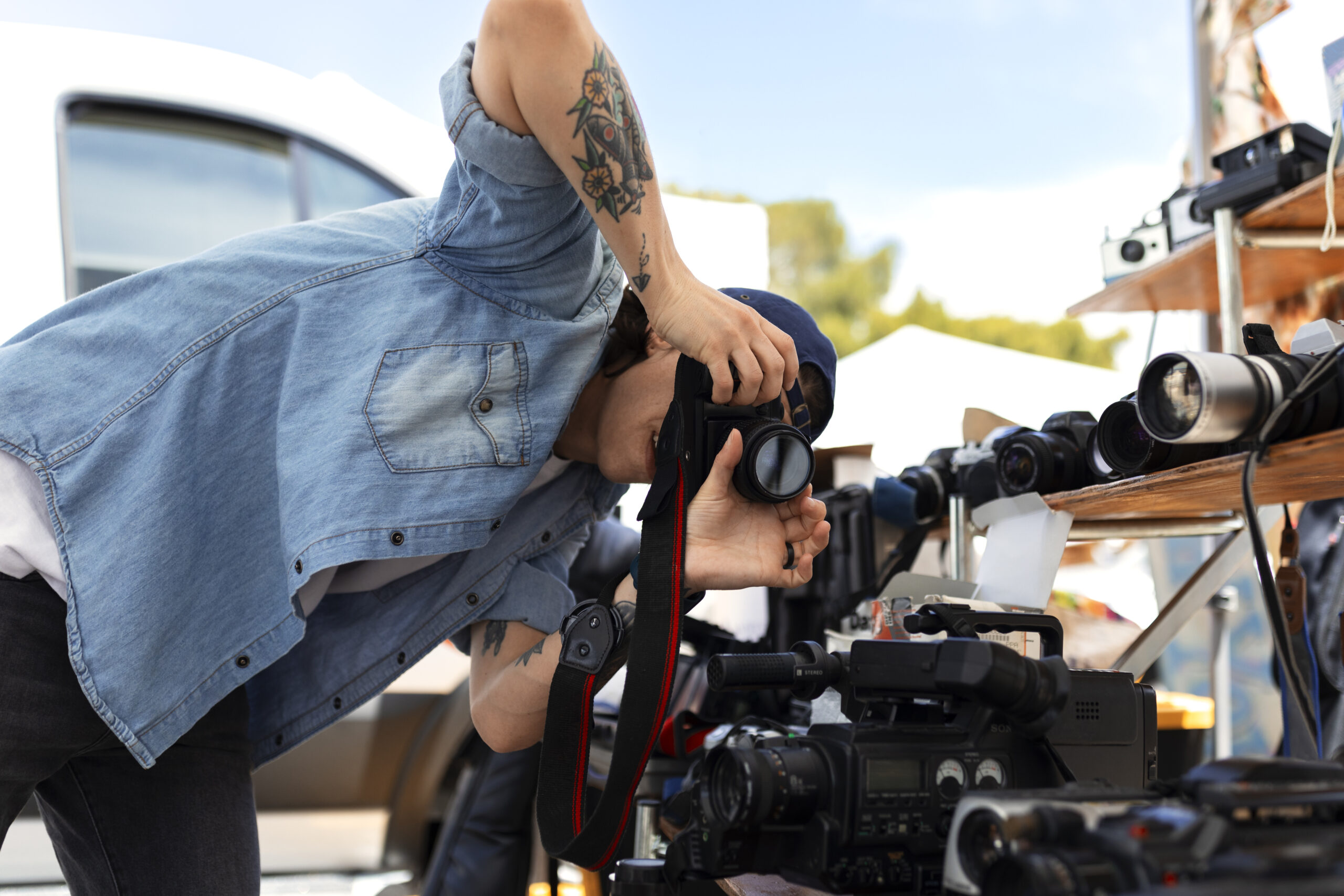
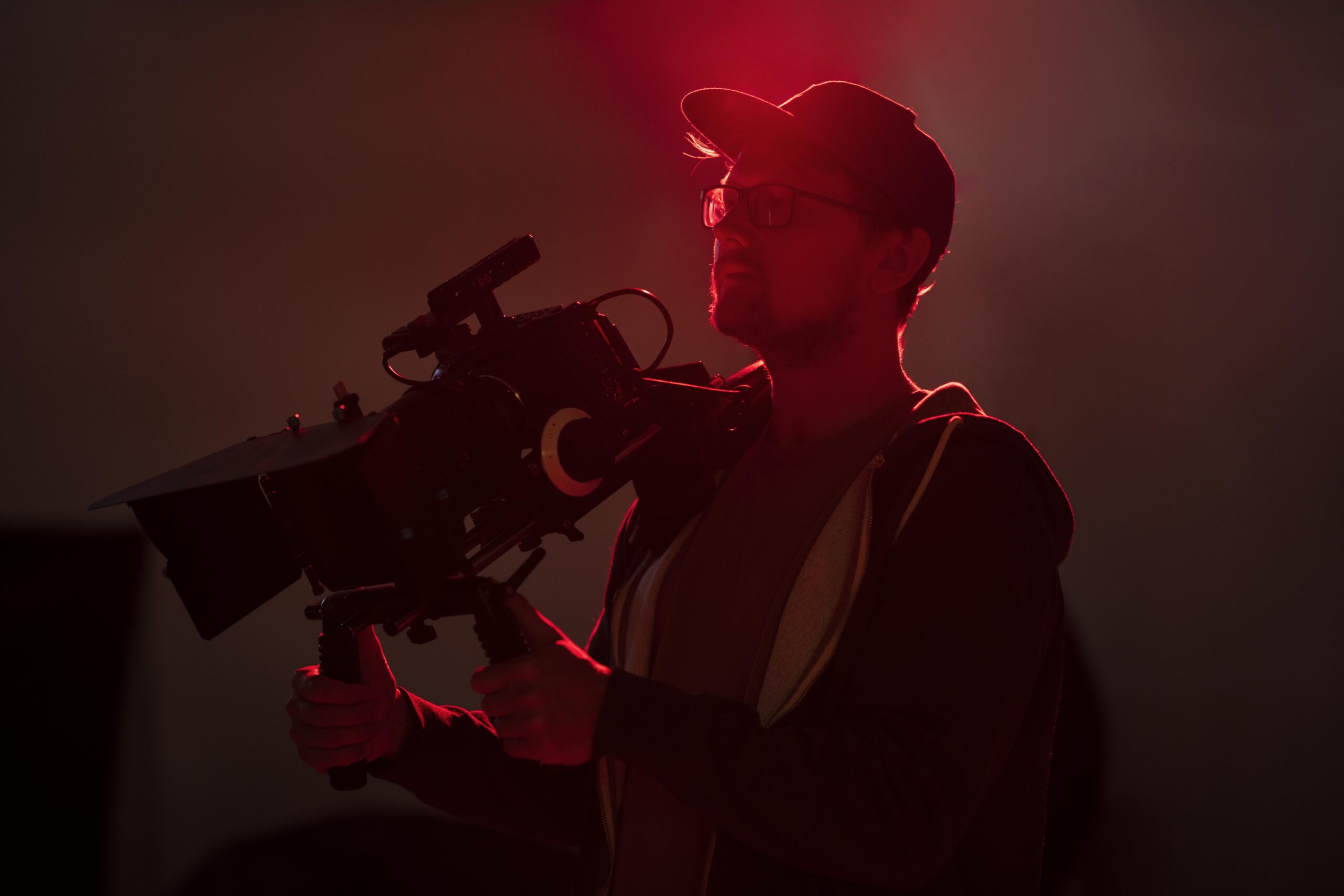


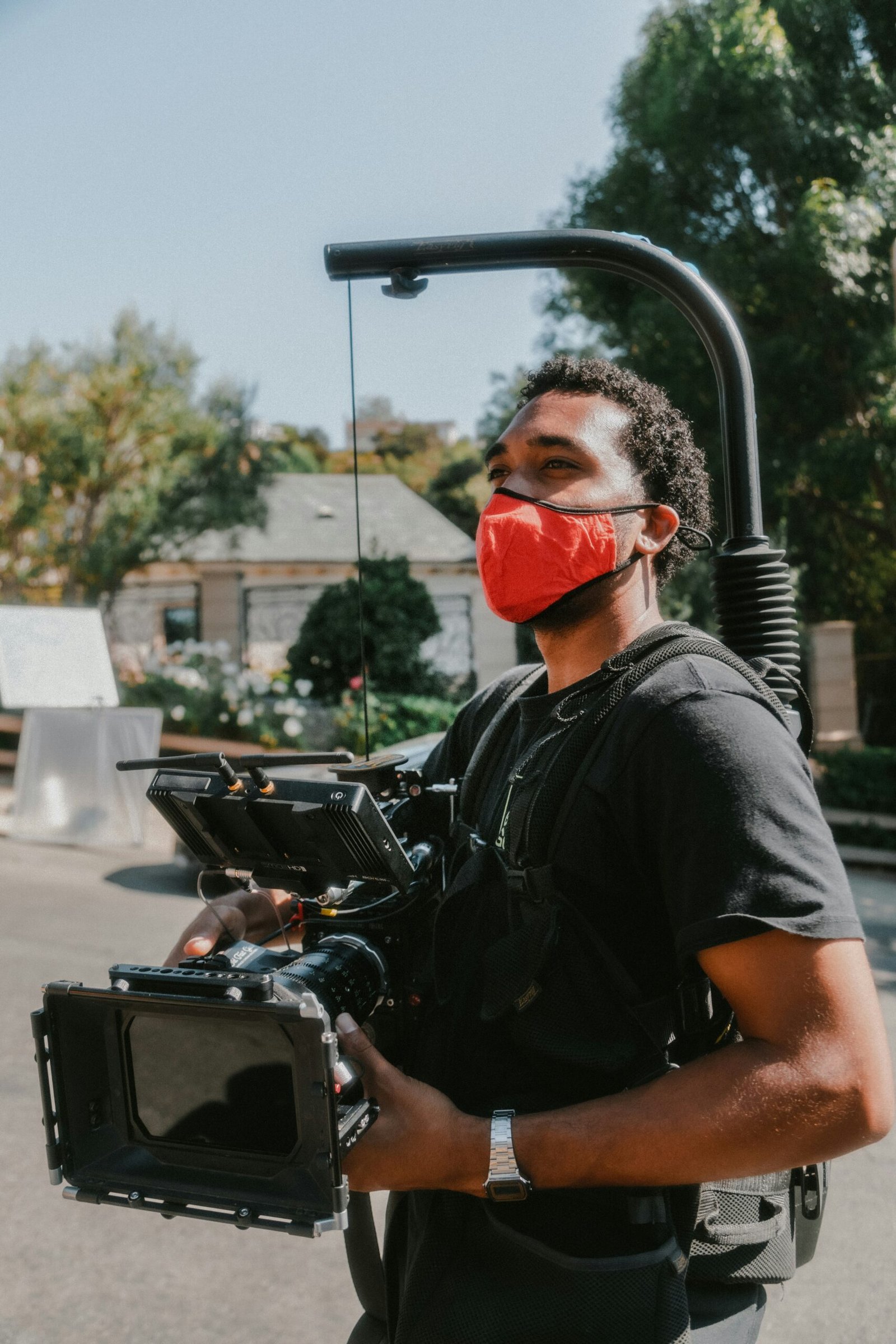
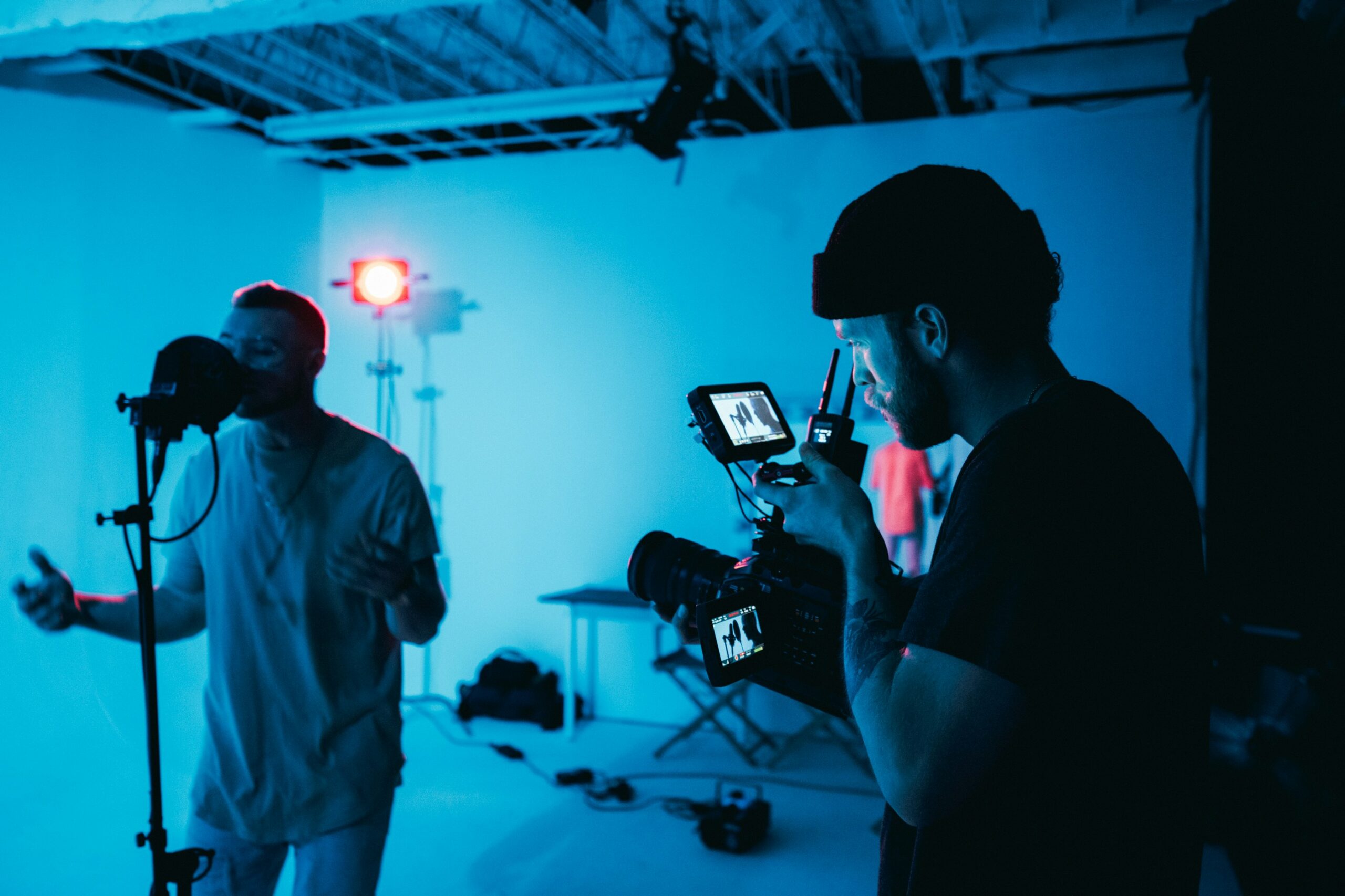
No Comments